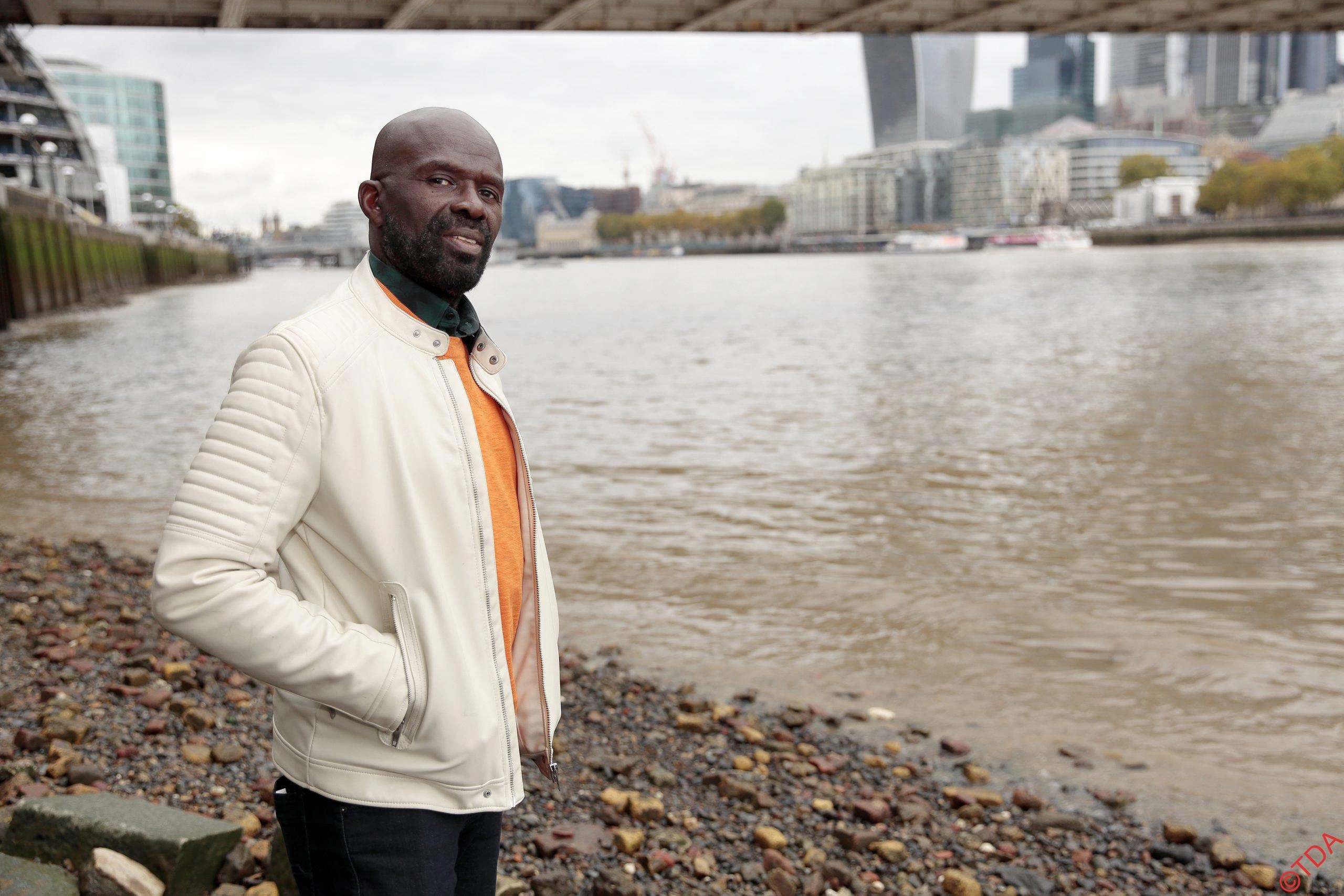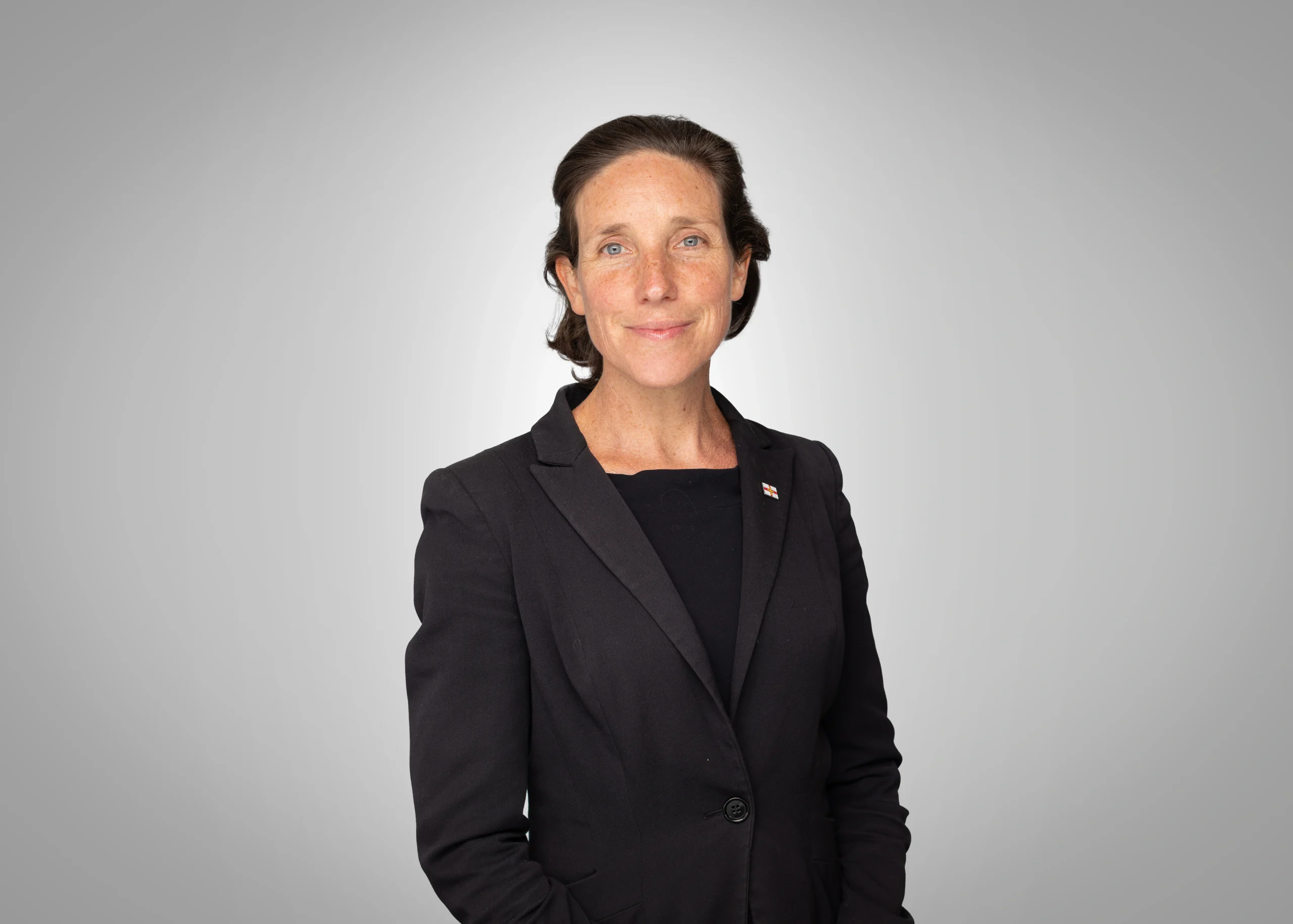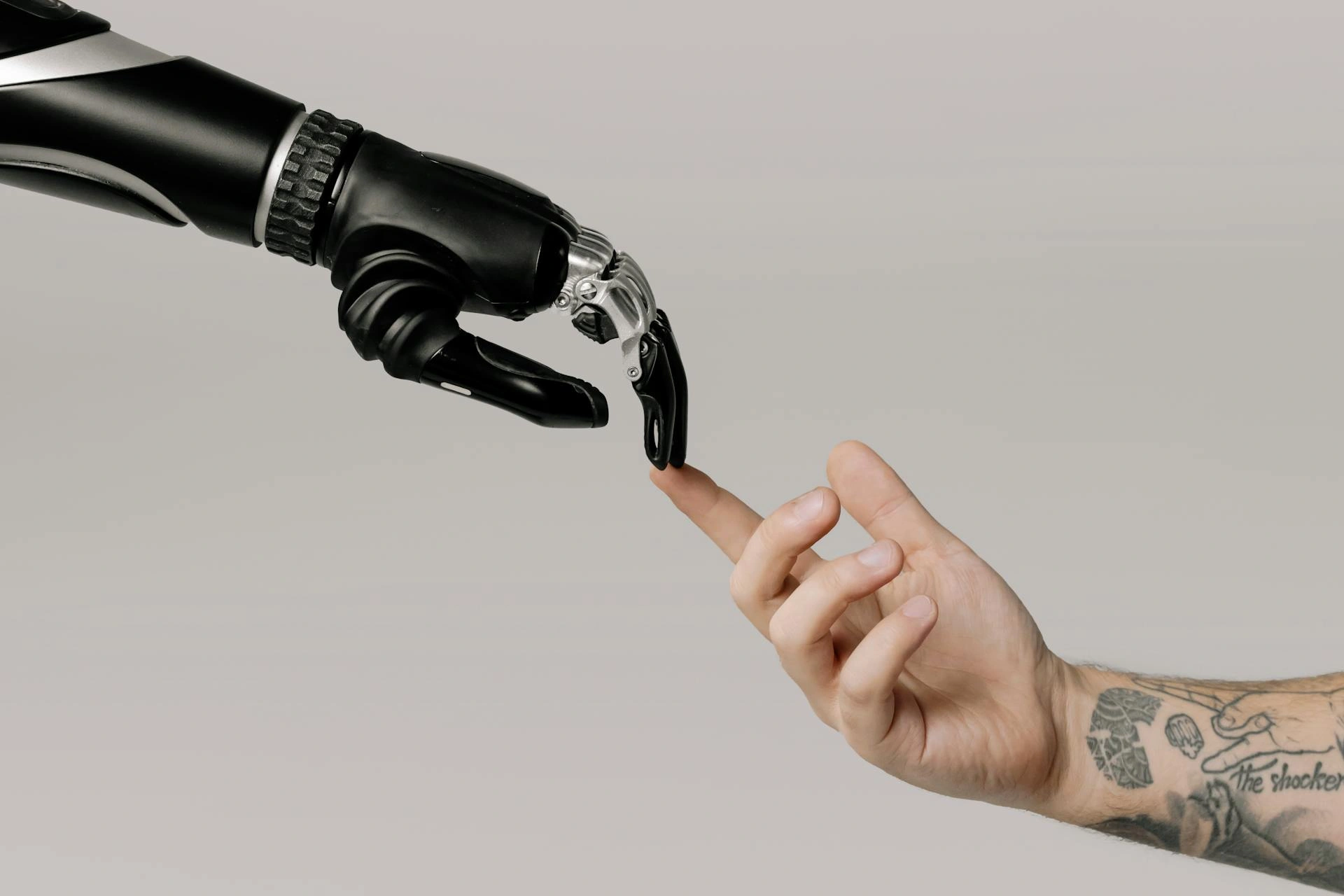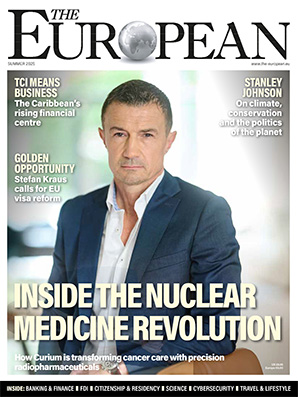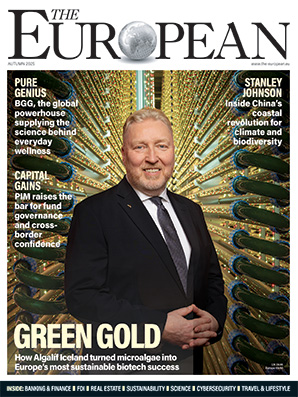These are the skills that separate leaders who thrive from those who don’t

Andrew Horn
- Published
- Opinion & Analysis

Adapting to new conditions is a core business skill. Here, our health and wellbeing correspondent Andrew Horn explains how professionals can approach uncertainty with focus and confidence. Drawing on strategic insight, workplace trends and timeless philosophy, he outlines five practical steps to manage change, sustain performance and turn disruption into progress
Change is inevitable in life and business. Whether you’re entering a new market, onboarding a new tenant, or starting a relationship, the more you understand about the situation in advance, the better equipped you are to handle it.
In military history, Field Marshal Montgomery gained a significant advantage over Rommel by studying the latter’s own writings. That reconnaissance work made all the difference. The first chapter of the Bhagavad Gita, an ancient philosophical text set on a battlefield, is aptly titled Assessing the Opposing Sides. The message is simple: knowing the terrain, the players, and the risks is critical.
The same principle applies in business and in life: transformation is constant. What many overlook is that change is not the exception but the rule. In Vedic literature, the world is called Bhu, a Sanskrit term meaning to become. It’s a reminder that nothing stays the same for long. Markets move, partnerships change, currencies fluctuate. What works today may need rethinking tomorrow.
The modern workplace reflects this reality. According to the BBC, the average UK employee changes jobs every five years. One in 10 workers has changed careers entirely in the past decade, and a quarter are dissatisfied with their current career path.
So the question isn’t if change will come, but how we prepare for it and respond to it. Rather than resisting or fearing it, we can learn to use change constructively. This begins with understanding our inner landscape as well as the external one. When we’re mindful of what we think, feel and value, we are better placed to navigate disruption with purpose.
Spiritual traditions have long recognised the link between inner focus and external outcomes. Carl Jung called this phenomenon synchronicity, the idea that events align meaningfully when we’re attuned to deeper truths. As he wrote: “We must remember that the rationalistic attitude of the West is not the only possible one… but is in many ways a prejudice and a bias that ought perhaps to be corrected.”
When we develop an internal steadiness, whether through reflection, meditation, or simple clarity of intent, we become less attached to outcomes and more resilient in the face of setbacks. We begin to see change as part of a longer game rather than as a threat. A job loss, for instance, may open the door to opportunities that would have been otherwise inaccessible.
A steady approach to change therefore creates space for better decisions and clearer thinking. When you can prepare properly, stay focused and keep perspective, you are far more likely to turn disruption into progress. The following five steps offer a practical way to apply that mindset and stay resilient in the face of uncertainty:
- Do Your Research
Before committing to any significant change such as a new role, venture or direction, gather relevant intelligence. Understand the stakeholders, risks, incentives and broader context. Good preparation reduces anxiety and improves decision-making. - Anchor Your Mindset
What you focus on shapes how you experience change. A mindset tied only to external outcomes is inherently unstable. Grounding your thinking in long-term values or purpose helps maintain clarity and resilience. - Create Micro-Routines
Change can unsettle your daily rhythm. Small, repeatable routines such as early morning planning, structured exercise or time set aside for reflection help to maintain structure and keep momentum. - Use Setbacks Strategically
Avoid framing disruption as failure. Career detours, lost clients or restructuring can become turning points. Stay alert to the longer-term advantages that may be hidden inside short-term challenges. - Invest in Inner Alignment
Regularly take time to check that your actions, values and goals are still aligned. This could be through reflection, journalling or quiet time away from digital distractions. When your internal direction is clear, external changes become easier to handle.

Author Andrew Horn, the son of the great neuroscientist Sir Gabriel Horn and grandson of the socialist peer Baron Soper, is widely regarded as one of the world’s leading experts on traditional Indian and Sanskrit drama whose English translation of the epic 16th-Century Vidagdha Madhava by Rupa Goswami is considered the most accurate ever published. Despite his notable lineage, Andrew chose a different path, becoming a Hare Krishna monk for 20 years. During this time, he was given the name ‘Arjundas Adhikari’, signifying devotion to the hero Arjuna from the Mahabharata. He also appeared on Top of the Pops with Boy George for the singer’s 1991 hit, Bow Down Mister.
Main image courtesy Kampus Production/Pexels
Sign up to The European Newsletter
RECENT ARTICLES
-
 Britain is finally having its nuclear moment - and it’s about time
Britain is finally having its nuclear moment - and it’s about time -
 Forget ‘quality time’ — this is what children will actually remember
Forget ‘quality time’ — this is what children will actually remember -
 Shelf-made men: why publishing still favours the well-connected
Shelf-made men: why publishing still favours the well-connected -
 European investors with $4tn AUM set their sights on disrupting America’s tech dominance
European investors with $4tn AUM set their sights on disrupting America’s tech dominance -
 Rachel Reeves’ budget was sold as 'fair' — but disabled people will pay the price
Rachel Reeves’ budget was sold as 'fair' — but disabled people will pay the price -
 Billionaires are seizing control of human lifespan...and no one is regulating them
Billionaires are seizing control of human lifespan...and no one is regulating them -
 Africa’s overlooked advantage — and the funding gap that’s holding it back
Africa’s overlooked advantage — and the funding gap that’s holding it back -
 Will the EU’s new policy slow down the flow of cheap Chinese parcels?
Will the EU’s new policy slow down the flow of cheap Chinese parcels? -
 Why trust in everyday organisations is collapsing — and what can fix it
Why trust in everyday organisations is collapsing — and what can fix it -
 In defence of a consumer-led economy
In defence of a consumer-led economy -
 Why the $5B Trump–BBC fallout is the reckoning the British media has been dodging
Why the $5B Trump–BBC fallout is the reckoning the British media has been dodging -
 WPSL Group unveils £1billion blueprint to build a global golf ‘super-group’
WPSL Group unveils £1billion blueprint to build a global golf ‘super-group’ -
 Facebook’s job ads ruling opens a new era of accountability for artificial intelligence
Facebook’s job ads ruling opens a new era of accountability for artificial intelligence -
 Robots can’t care — and believing they can will break our health system
Robots can’t care — and believing they can will break our health system -
 The politics of taxation — and the price we’ll pay for it
The politics of taxation — and the price we’ll pay for it -
 Italy’s nuclear return marks a victory for reason over fear
Italy’s nuclear return marks a victory for reason over fear -
 The Mamdani experiment: can socialism really work in New York?
The Mamdani experiment: can socialism really work in New York? -
 Drowning in silence: why celebrity inaction can cost lives
Drowning in silence: why celebrity inaction can cost lives -
 The lost frontier: how America mislaid its moral compass
The lost frontier: how America mislaid its moral compass -
 Why the pursuit of fair taxation makes us poorer
Why the pursuit of fair taxation makes us poorer -
 In turbulent waters, trust is democracy’s anchor
In turbulent waters, trust is democracy’s anchor -
 The dodo delusion: why Colossal’s ‘de-extinction’ claims don’t fly
The dodo delusion: why Colossal’s ‘de-extinction’ claims don’t fly -
 Inside the child grooming scandal: one officer’s story of a system that couldn’t cope
Inside the child grooming scandal: one officer’s story of a system that couldn’t cope -
 How AI is teaching us to think like machines
How AI is teaching us to think like machines -
 The Britain I returned to was unrecognisable — and better for It
The Britain I returned to was unrecognisable — and better for It


















